Ti-Jean and His Brothers
TheatreUSF presents Ti-Jean and His Brothers, a folk tale.
Ti-Jean and His Brothers, a folk tale
Oct. 24-26 and Oct. 30-Nov. 2 at 8 p.m.
Oct. 27 and Nov. 3 at 3 p.m.
Theatre 2, USF Tampa Campus
Based on a West Indian fable...
Nobel Prize-winning author Derek Walcott explores the power of good versus evil, poor versus wealthy and the search for what defines humanness. This folk tale—told by the animals of the rainforest through dialogue, dance and song—tells the tale of a poor widowed mother, her three sons, and their bargain with the devil.
Directed by Macy's Guest Artist Henry Muttoo, Artistic Director of the Cayman National Cultural Foundation.
Great review by Mark Leib in Creative Loafing.
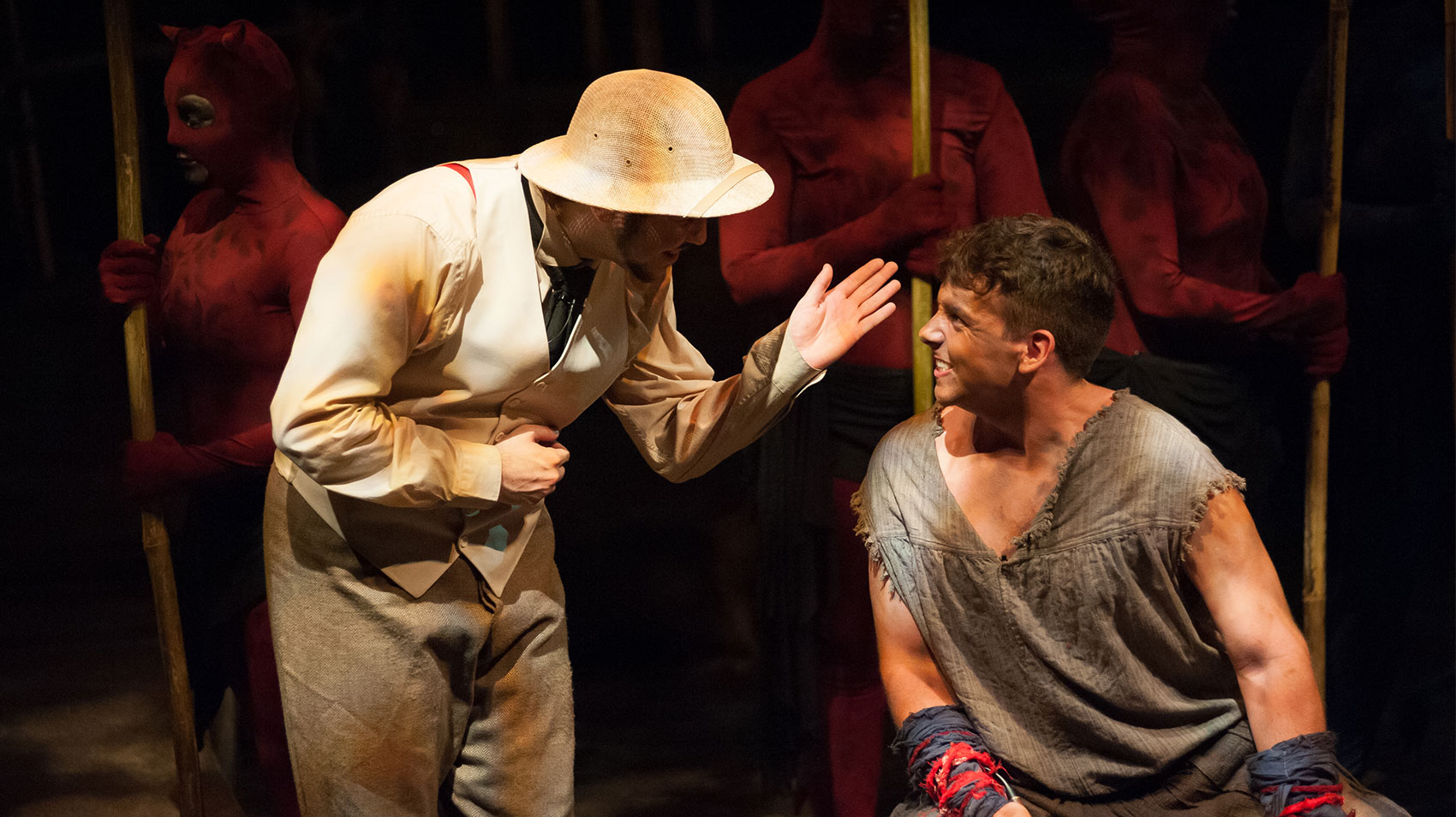
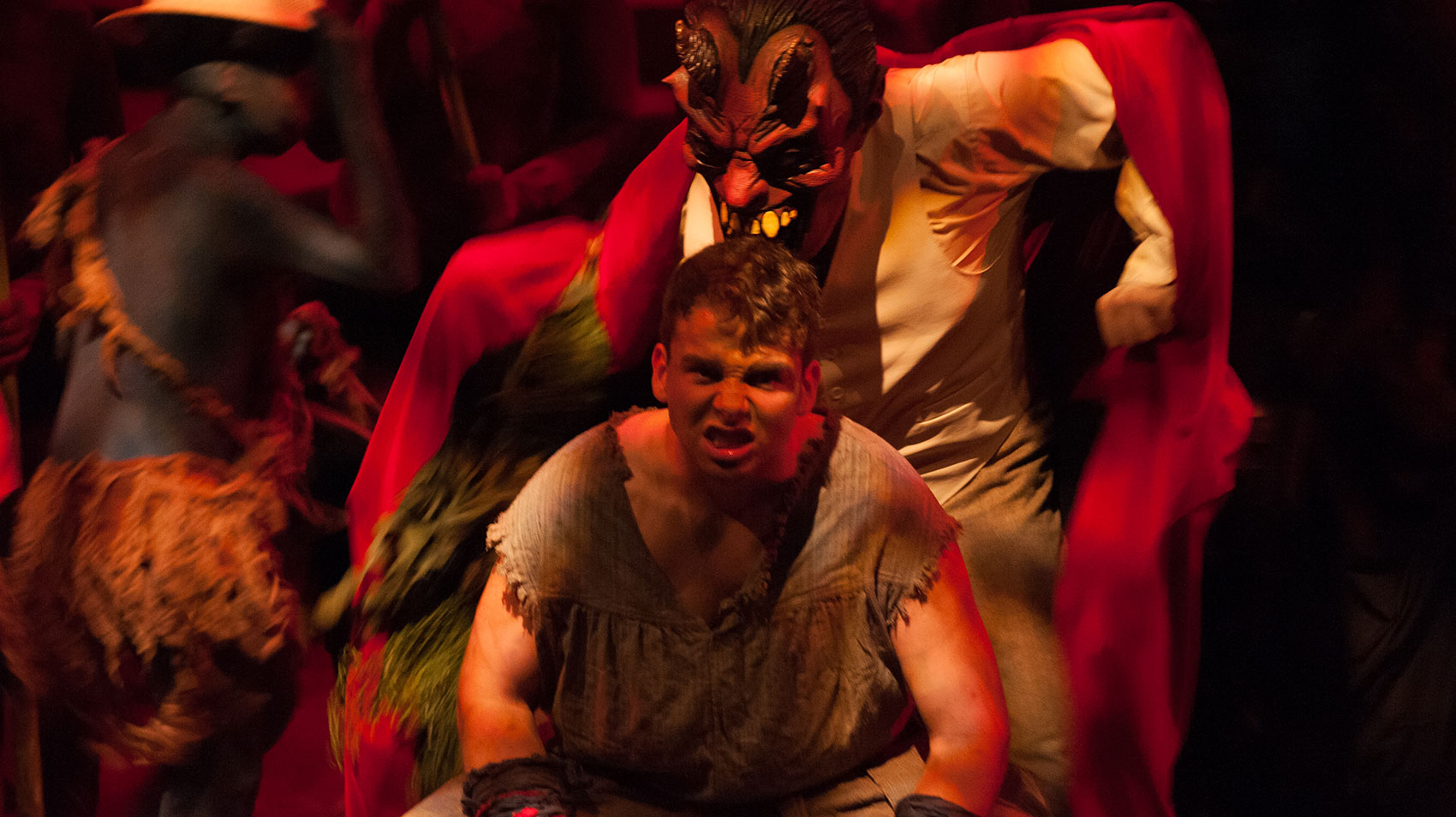
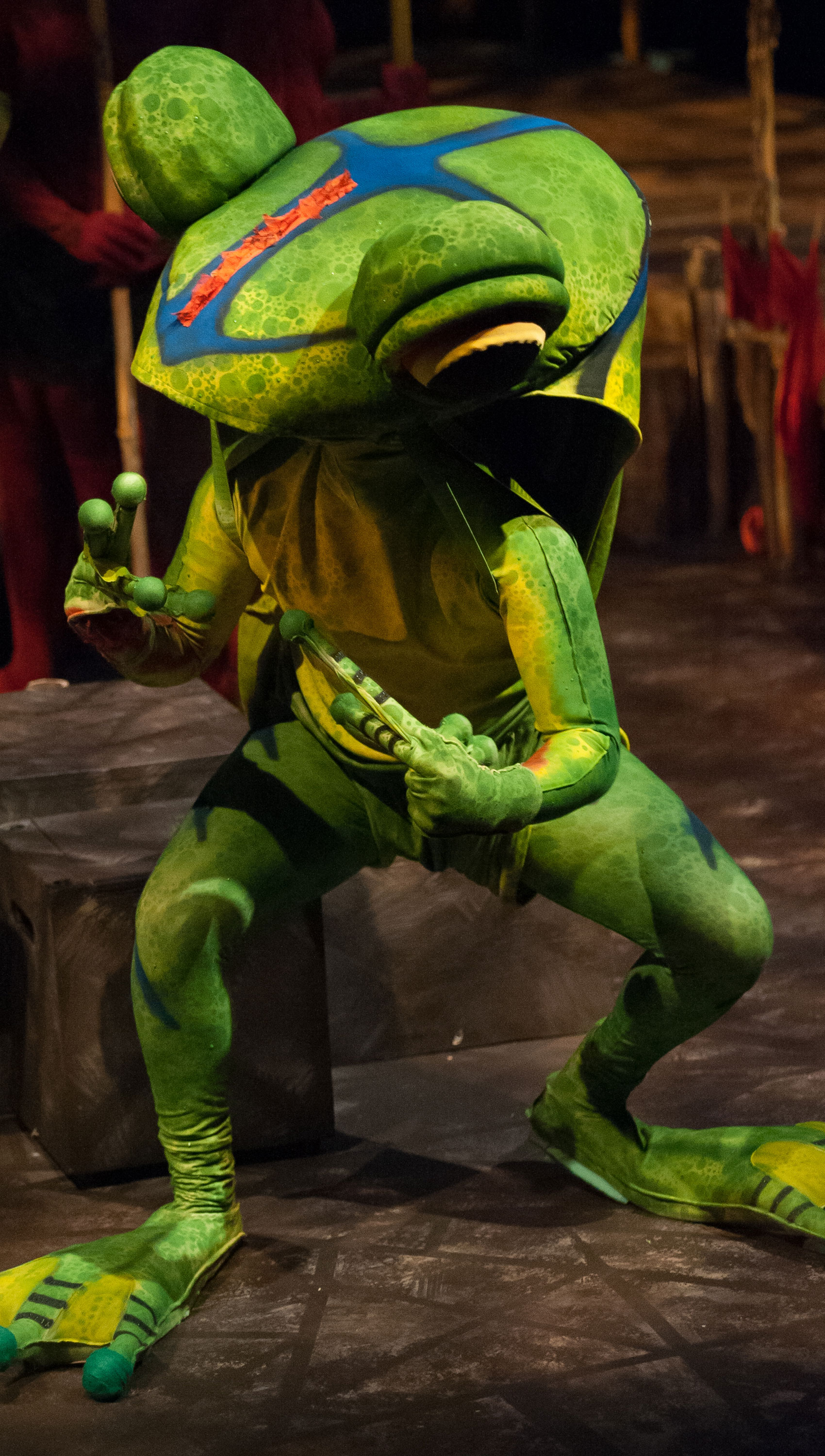
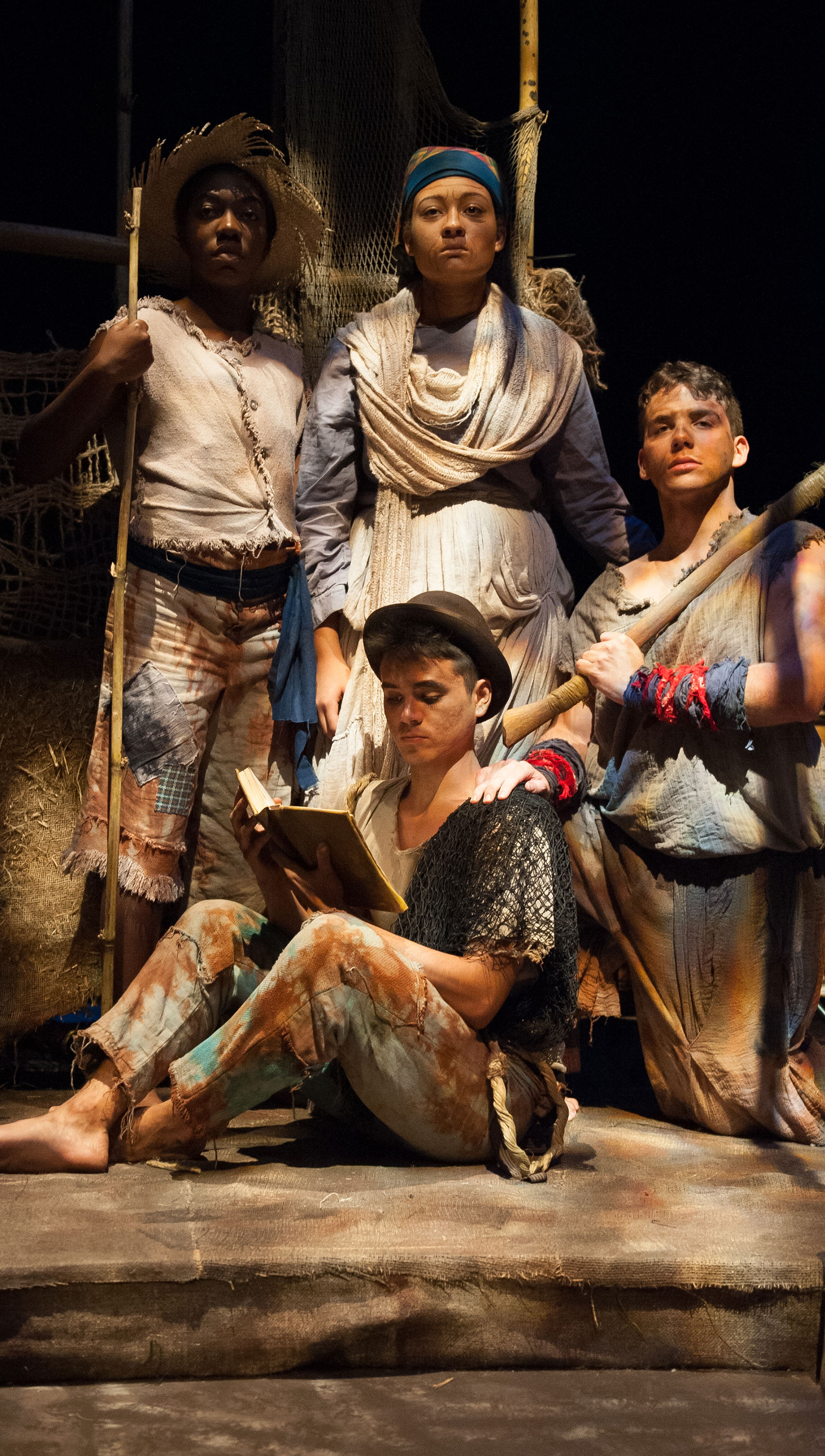
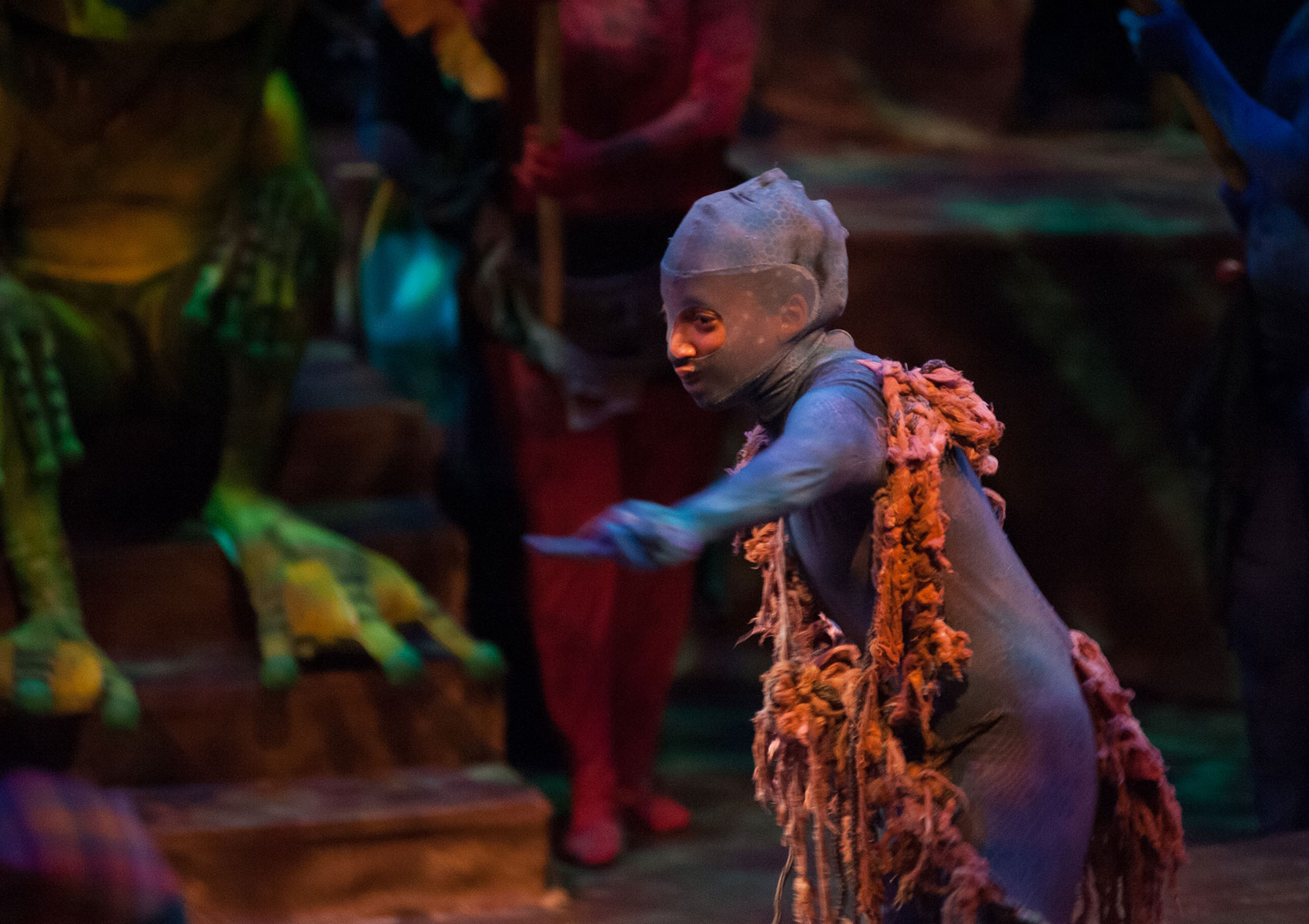
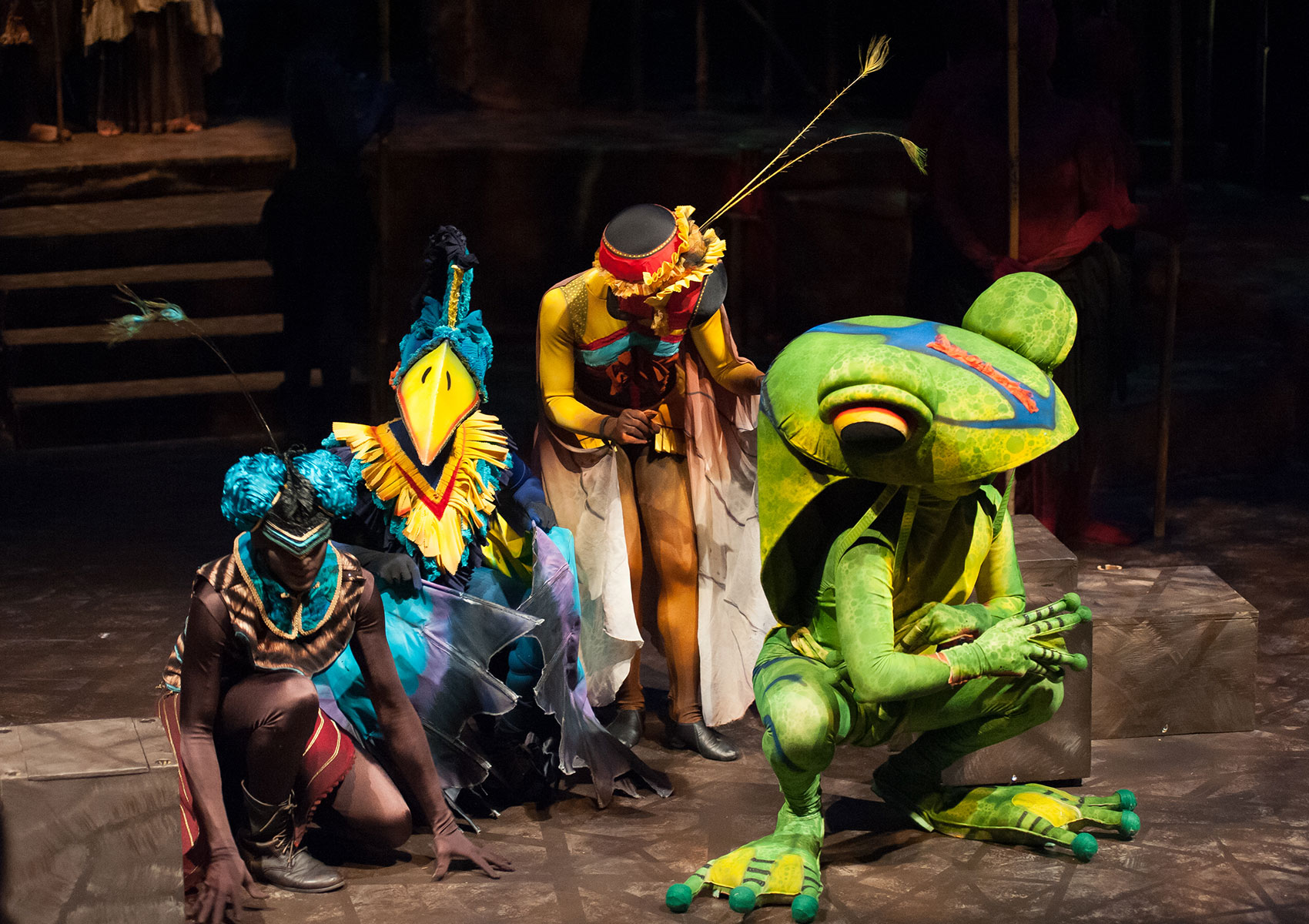
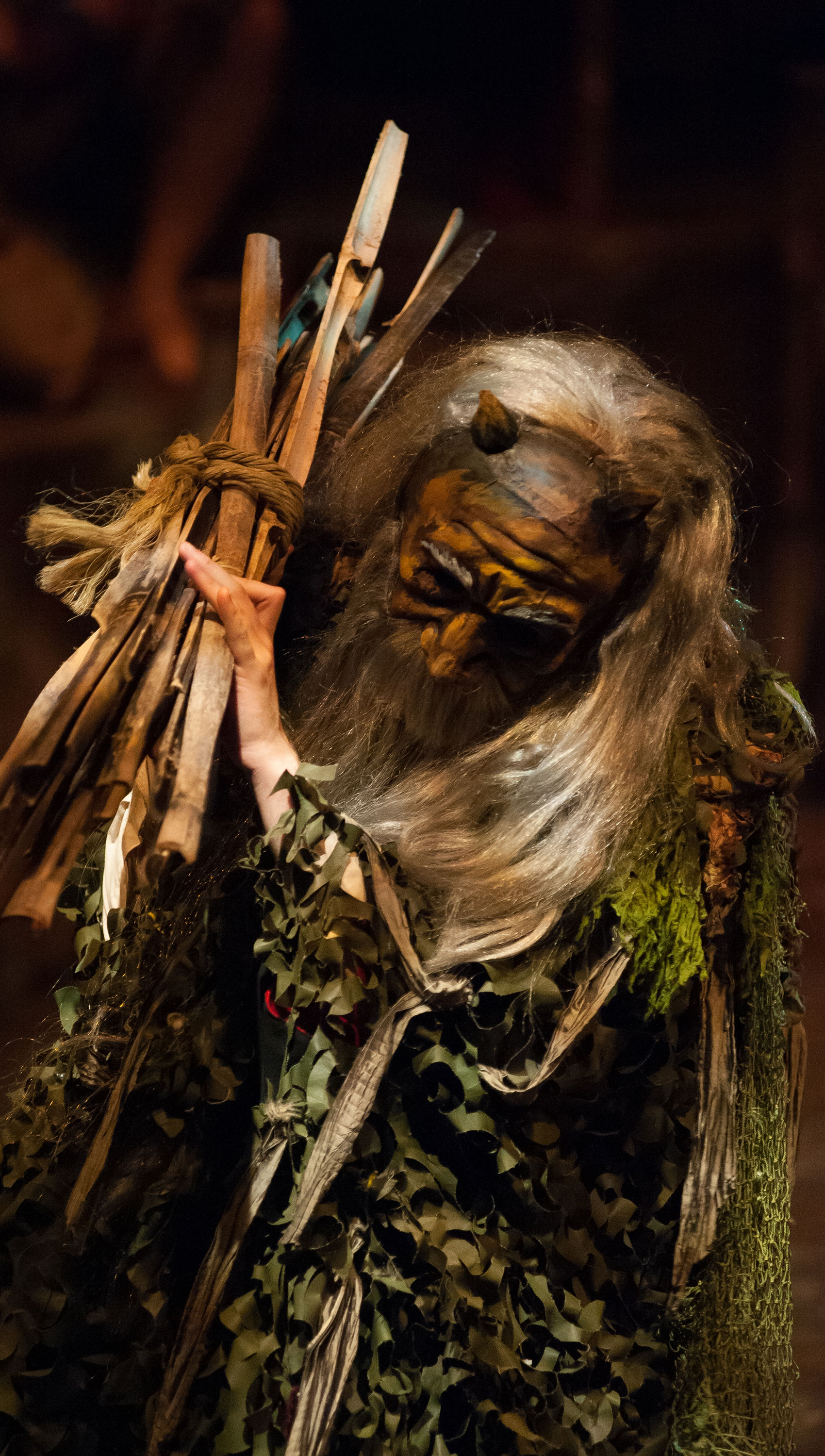
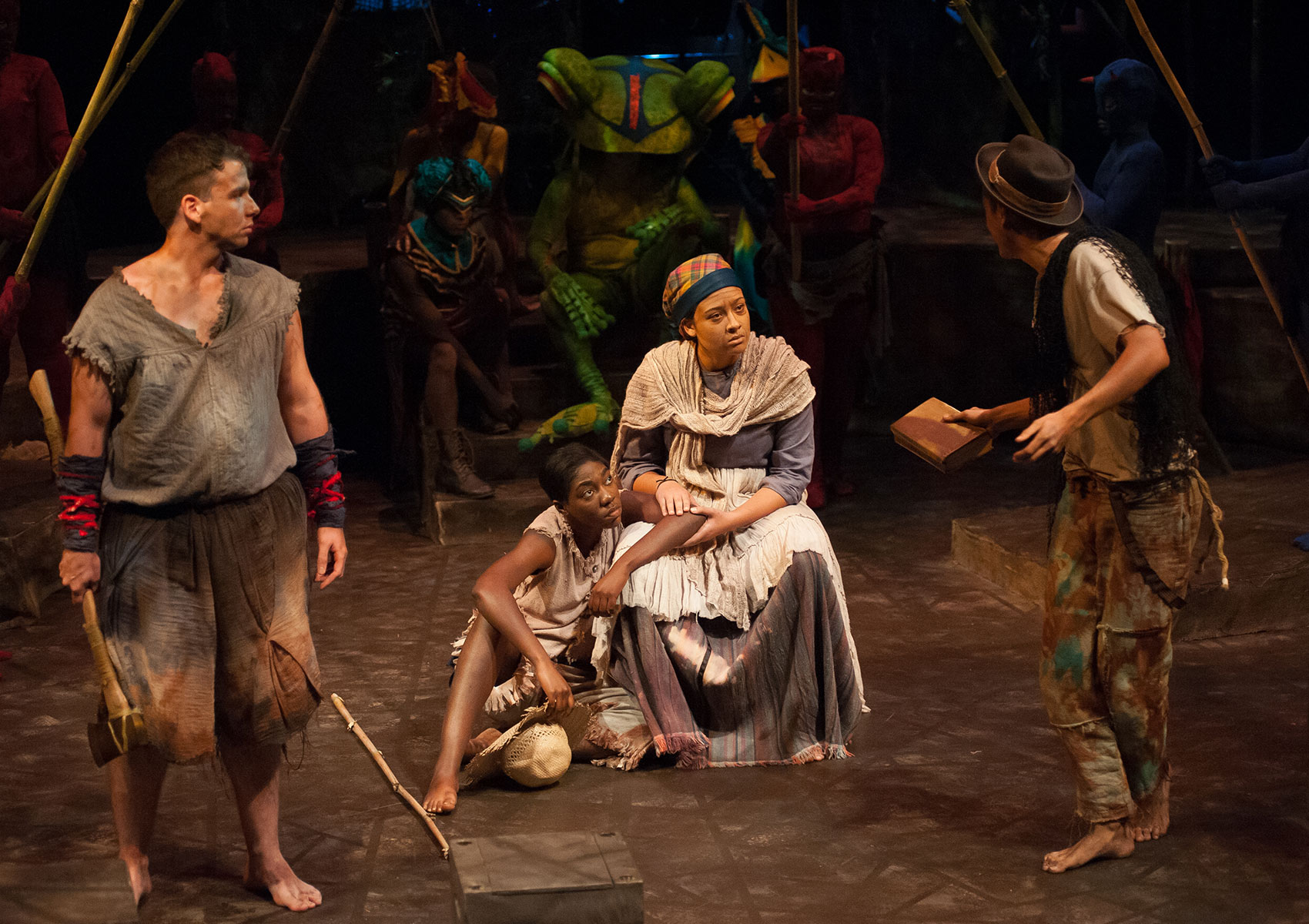
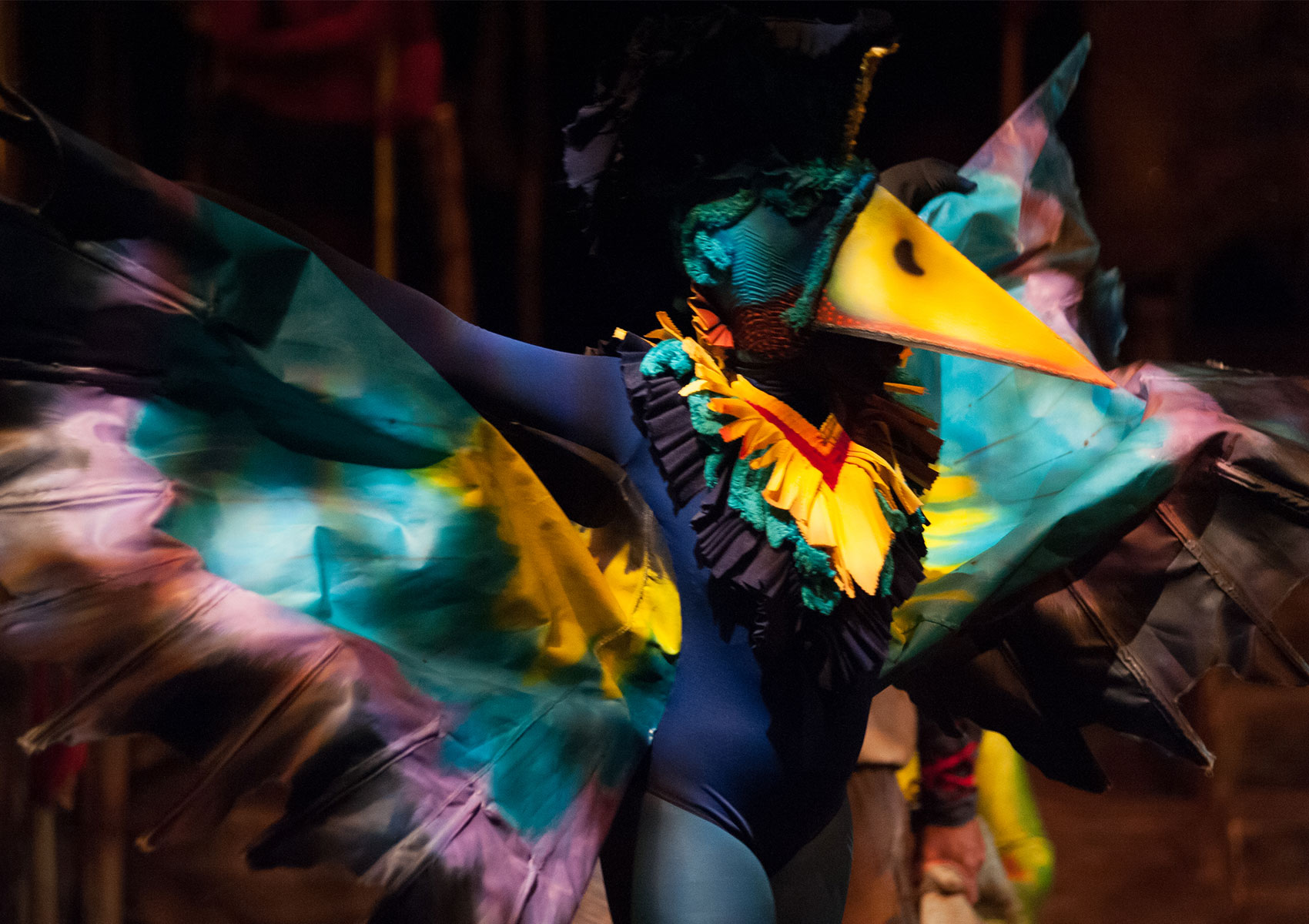
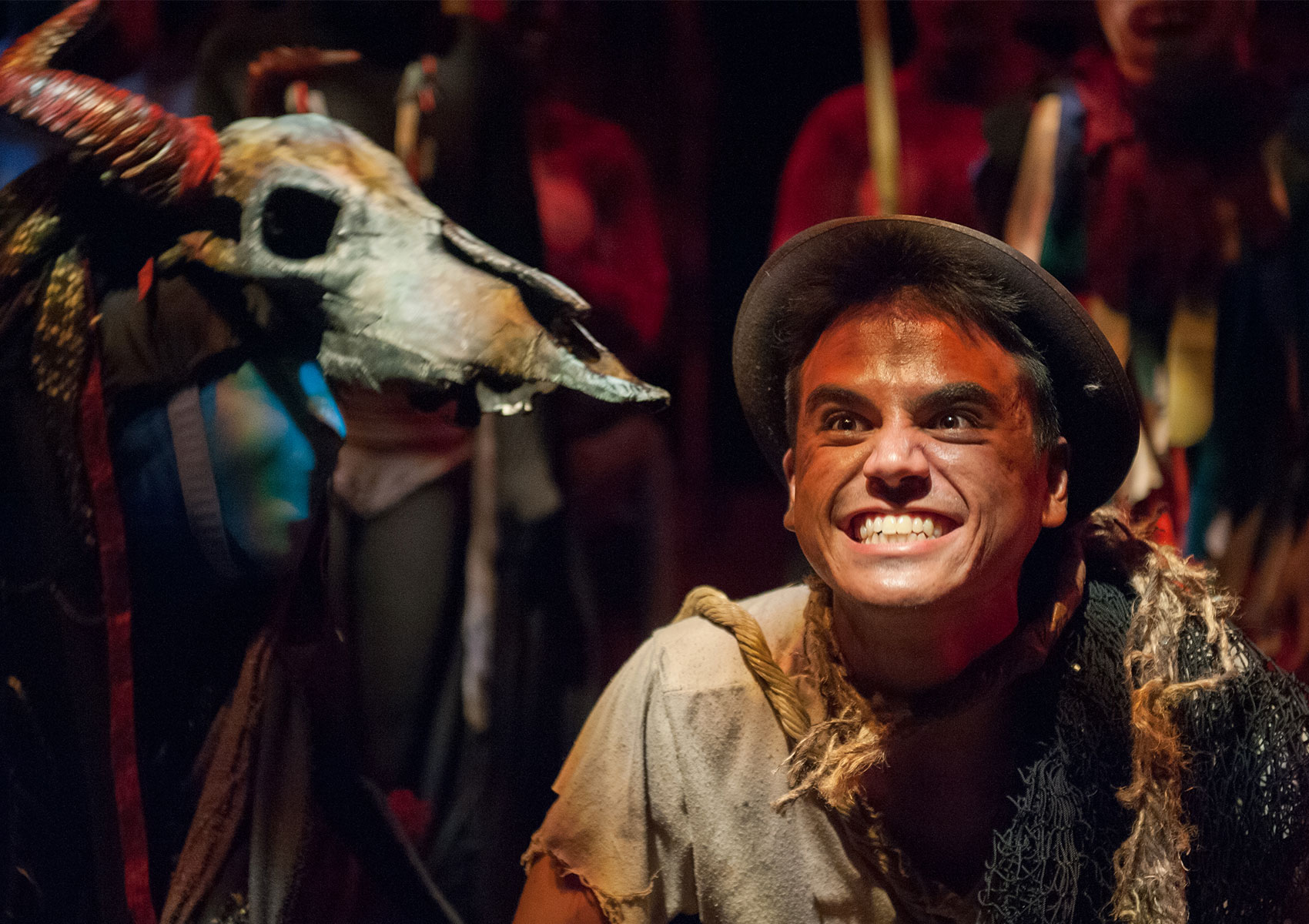
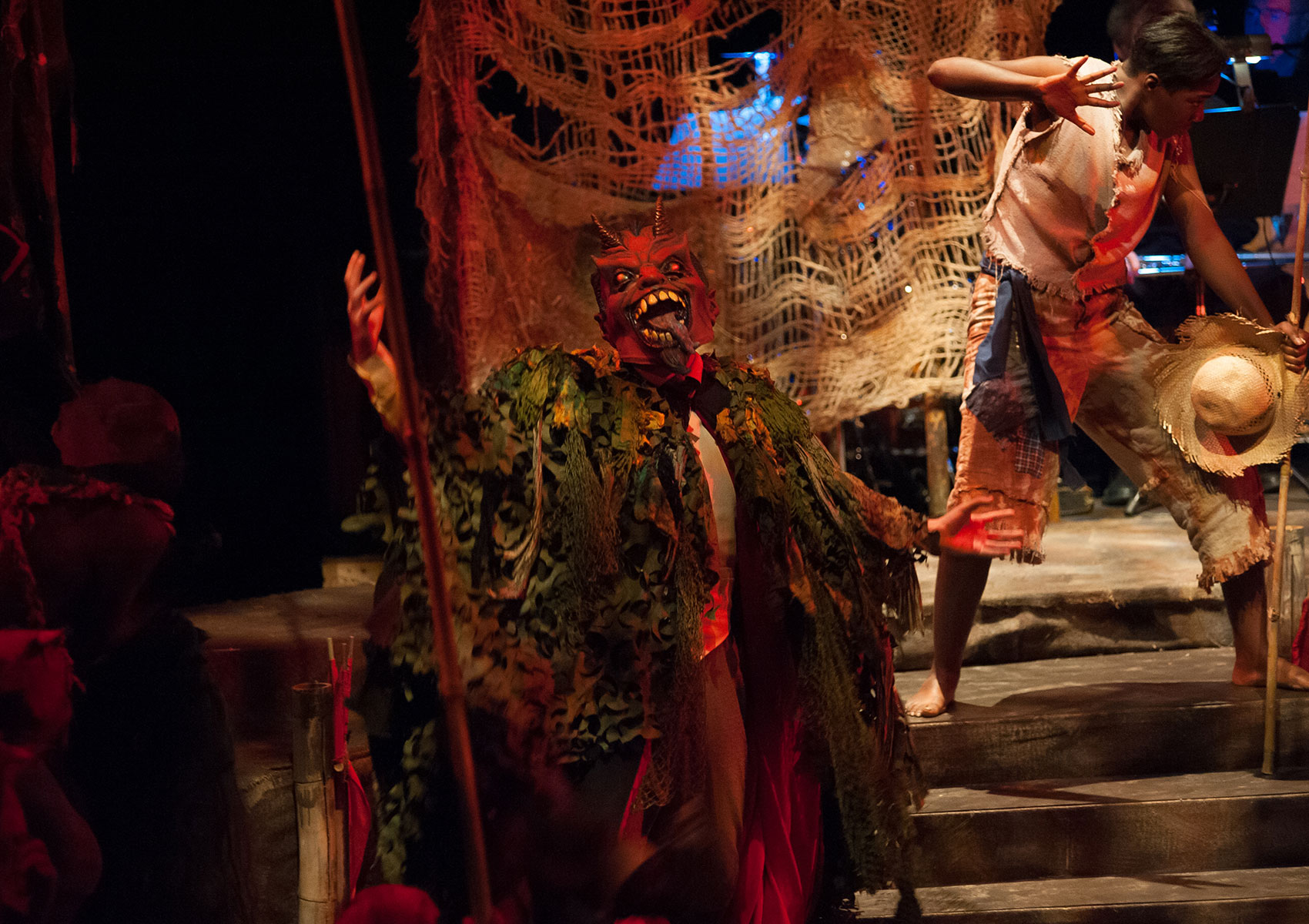
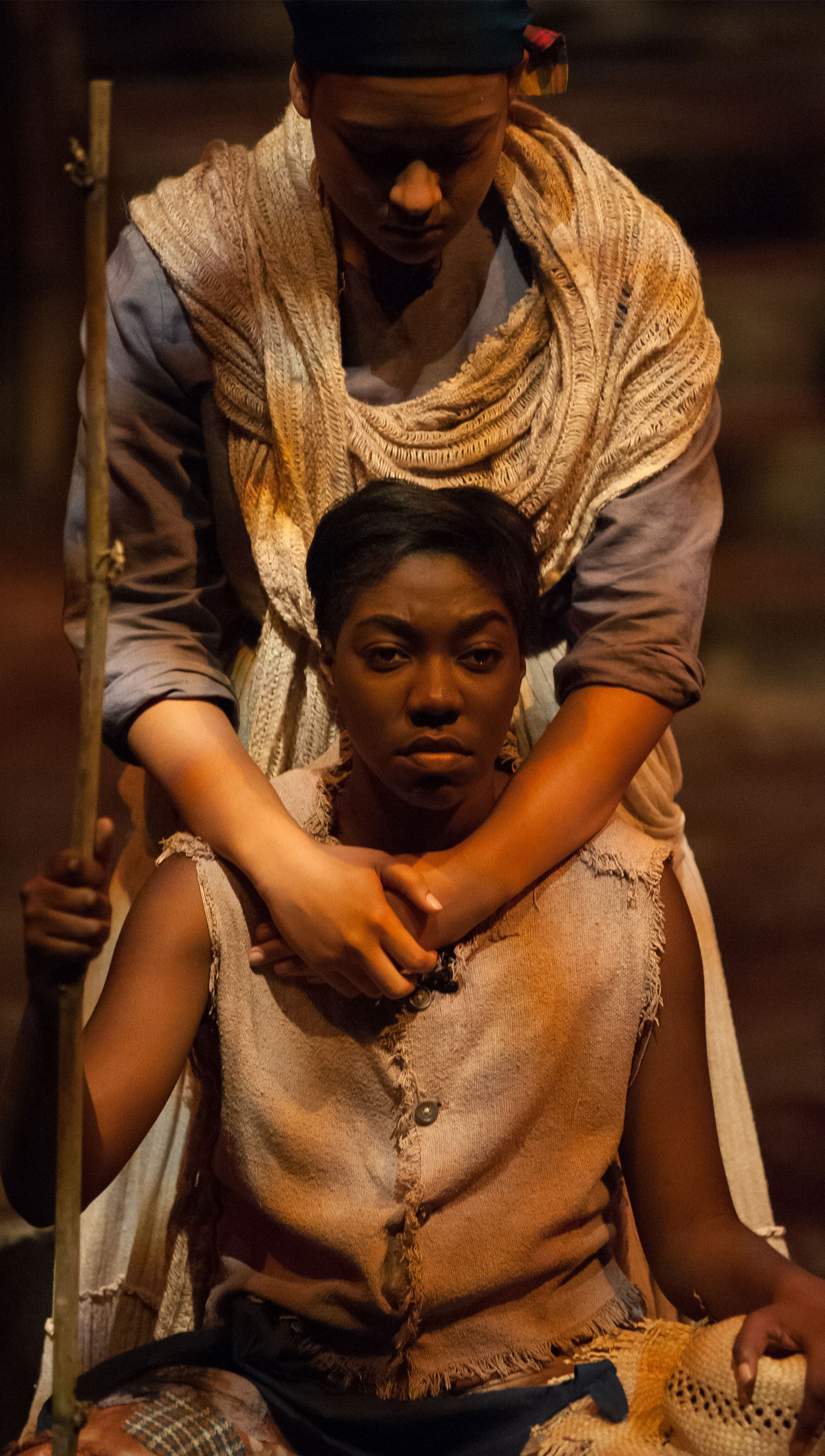
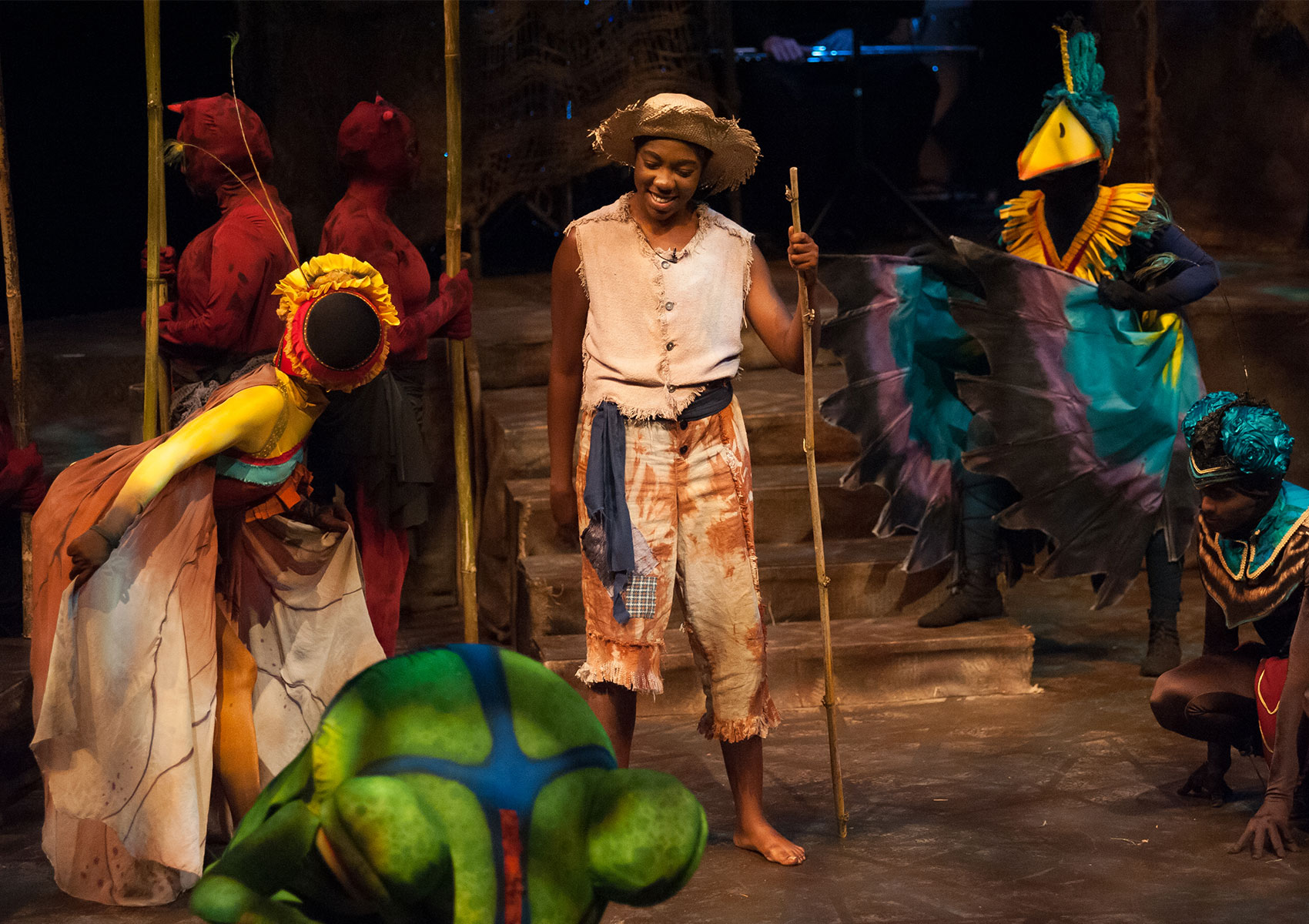
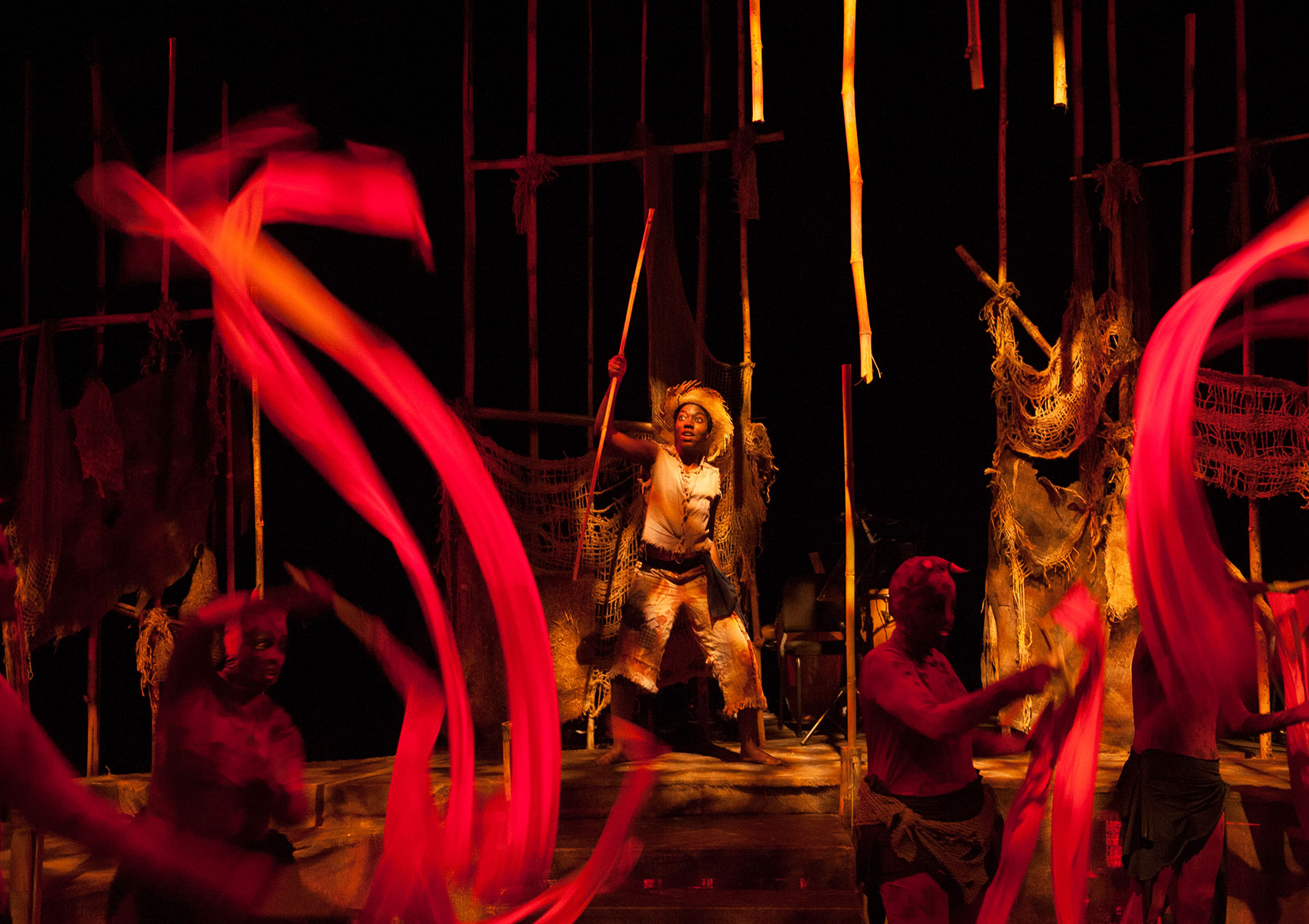
HENRY D. MUTTOO
Widely recognized as one of the Caribbean’s leading theatre practitioners, and arguably the region’s finest theatre designer, Henry Muttoo is a rare talent with a multiplicity of artistic skills: he is an award-winning actor, theatre director and designer, carnival designer, painter, writer, editor and amateur calypso historian.
Educated at the University of the West Indies (St. Augustine, Trinidad & Tobago), Croydon College of Art & Design, and Rose Bruford College (Manchester University) in the United Kingdom, Mr. Muttoo has worked as a professional in the theatre and arts industry for over forty years, teaching, directing and designing in Guyana, England, Jamaica, Trinidad & Tobago, Barbados, the United States and the Cayman Islands. He has designed and/or directed for most of the major Caribbean playwrights and directors, including Nobel Laureate Derek Walcott, Trevor Rhone, Rawle Gibbons, Lloyd Reckord, Earl Warner and Barbara Gloudon.
His vision for the development of culture and the arts in the Cayman Islands has advanced the Cayman National Cultural Foundation from an organization that only managed the Harquail Theatre to one that is now a fully-fledged and widely respected arts organization producing several plays, two annual major arts festivals, training young Caymanians in several arts disciplines, documenting cultural enactments and re-enactments, publishing poetry, plays, an arts and culture journal and other materials, offering grants to artists, recognizing and promoting the work of talented Caymanians, and working with educational institutions to improve the quality and quantity of work produced by young people.
Mr. Muttoo has won several awards for his work including two Cacique awards for theatre design from Trinidad, a National Drama Award from the Jamaica Cultural Development Commission, a National Best Actor award from the Theatre Guild of Guyana and a Director of the Year award from the Cayman National Theatre Company.
He was recently made an Officer Of The Order Of The Cayman Islands (OC), inducted into the Caribbean Theatre Hall of Fame and was most recently made a Member of The British Empire (MBE) by Her Majesty Queen Elizabeth II.
Henry Muttoo has been the Artistic Director of the Cayman National Cultural Foundation since 1989.